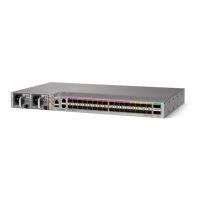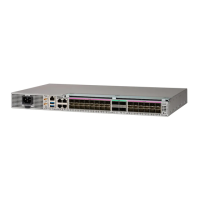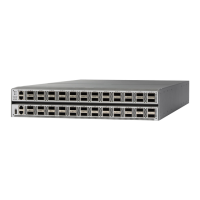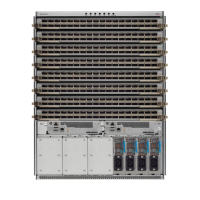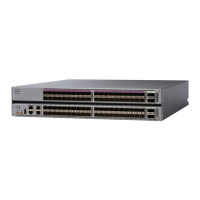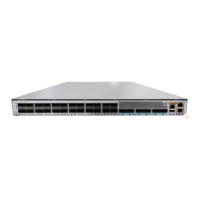Implementing MPLS L3VPNs - References
MPLS L3VPN Benefits
MPLS L3VPN provides the following benefits:
• Service providers can deploy scalable VPNs and deliver value-added services.
• Connectionless service guarantees that no prior action is necessary to establish communication between
hosts.
• Centralized Service: Building VPNs in Layer 3 permits delivery of targeted services to a group of users
represented by a VPN.
• Scalability: Create scalable VPNs using connection-oriented and point-to-point overlays.
• Security: Security is provided at the edge of a provider network (ensuring that packets received from a
customer are placed on the correct VPN) and in the backbone.
• Integrated Quality of Service (QoS) support: QoS provides the ability to address predictable performance
and policy implementation and support for multiple levels of service in an MPLS VPN.
• Straightforward Migration: Service providers can deploy VPN services using a straightforward migration
path.
• Migration for the end customer is simplified. There is no requirement to support MPLS on the CE router
and no modifications are required for a customer intranet.
Major Components of MPLS L3VPN—Details
Virtual Routing and Forwarding Tables
Each VPN is associated with one or more VPN routing and forwarding (VRF) instances. A VRF defines the
VPN membership of a customer site attached to a PE router. A VRF consists of the following components:
• An IP version 4 (IPv4) unicast routing table
• A derived FIB table
• A set of interfaces that use the forwarding table
• A set of rules and routing protocol parameters that control the information that is included in the routing
table
These components are collectively called a VRF instance.
A one-to-one relationship does not necessarily exist between customer sites and VPNs. A site can be a member
of multiple VPNs. However, a site can associate with only one VRF. A VRF contains all the routes available
to the site from the VPNs of which it is a member.
Packet forwarding information is stored in the IP routing table and the FIB table for each VRF. A separate
set of routing and FIB tables is maintained for each VRF. These tables prevent information from being
L3VPN Configuration Guide for Cisco NCS 540 Series Routers, IOS XR Release 6.3.x
52
MPLS L3VPN Overview
Implementing MPLS L3VPNs - References
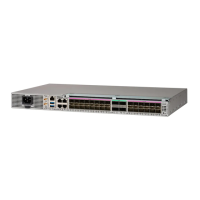
